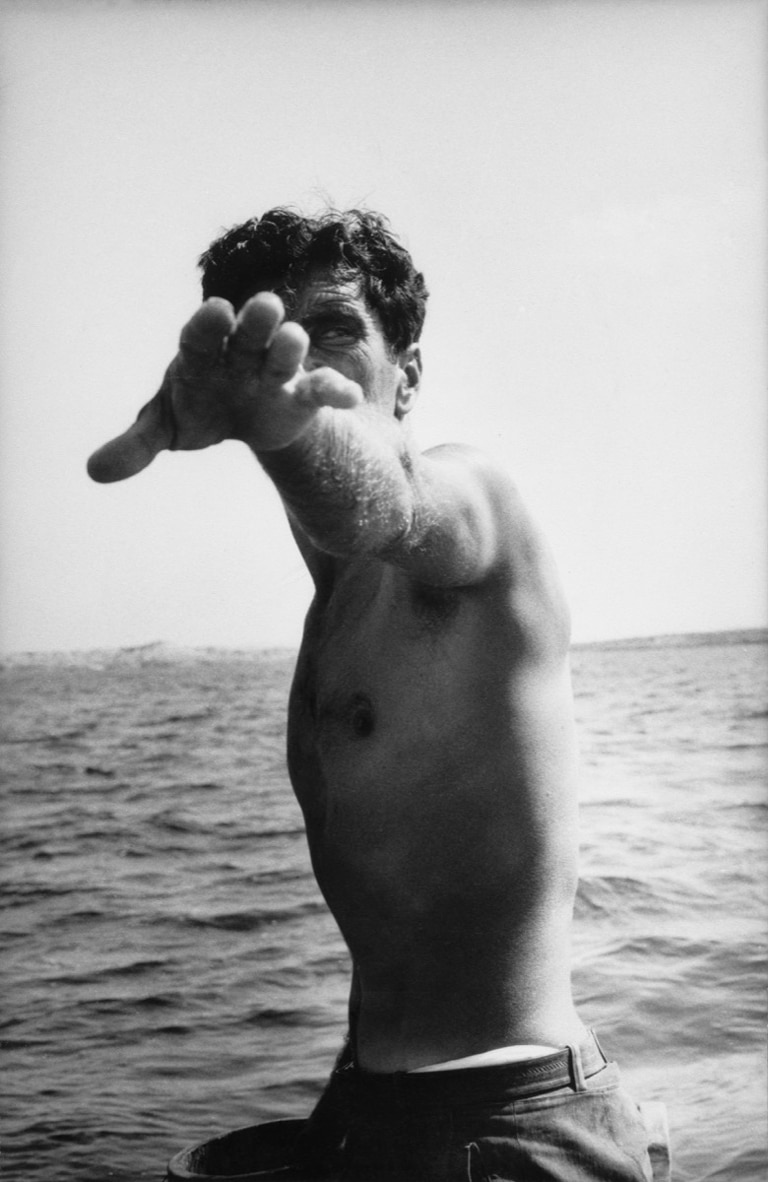
Tony, «Pepe and Tony, Spanish Fishermen», Ibiza, Spain, 1956
Colecciones Fundación MAPFRE
© Louis Stettner Estate
Louis Stettner
From 6 June to 15 September 2024
Discover the exhibition
Louis Stettner (1922-2016) saw photography as an instrument of social change through which he celebrated life and showed the courage of men and women to face the goodness and adversities of existence with dignity.
His experiences as a photographer during World War II and his solid faith in humanity had a significant influence on his social and committed photography. His relationship with the Photo League, with photographers like Sid Grossman and Weegee, and his passion for literature and philosophy had a significant impact on his work. With this celebratory vision of the human condition as a common ground, Stettner’s work covers a multitude of subjects, from almost empty urban environments to bustling scenes of the New York subway, the routine of workers and laborers or the mountainous landscapes of the French Alpilles massif, already in his last period.
Organized chronologically, the exhibition presents more than 190 photographs, including some unpublished images and part of his almost unknown colour work, to offer, in short, a complete retrospective of his career and the recognition that his work deserves.
A photographer-writer
The 1950s and 1960s were characterized by a certain mistrust of photographers who wrote, possibly because they appeared to be in a position mid-way between the two disciplines. Stettner always engaged in literary activity as well as photography, writing not just about himself but also about many of his artist friends and colleagues and not only those whose work he admired. His texts were to some degree comparable to his photographs: abrupt, spontaneous, and impetuous. In the 1970s he wrote a monthly column in the magazine Camera 35 published by the Photo League, initially with the title “Speaking Out” and subsequently “A Humanist View”. Although he was a prolific writer it was not until the late date of 1979 that he published one of his photographic series in the book Sur le tas, depicting men and women at work.
Materials
Where?
KBr Fundación MAPFRE
Avenida Litoral, 30 – 08005 Barcelona
Times
Monday (except holidays): Closed
Tuesday to Sunday (and holidays): from 11:00 a.m. to 8:00 p.m.
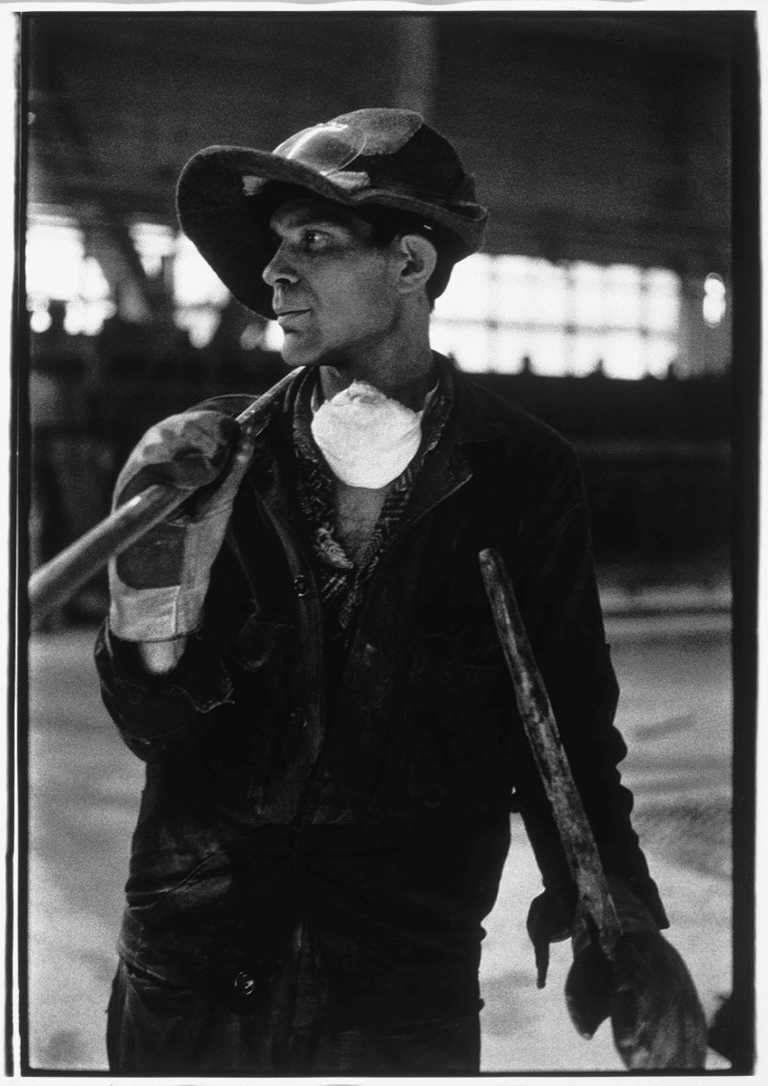
Louis Stettner
Aluminum Foundry, Soviet Union, 1975
Colecciones Fundación MAPFRE
© Louis Stettner Estate
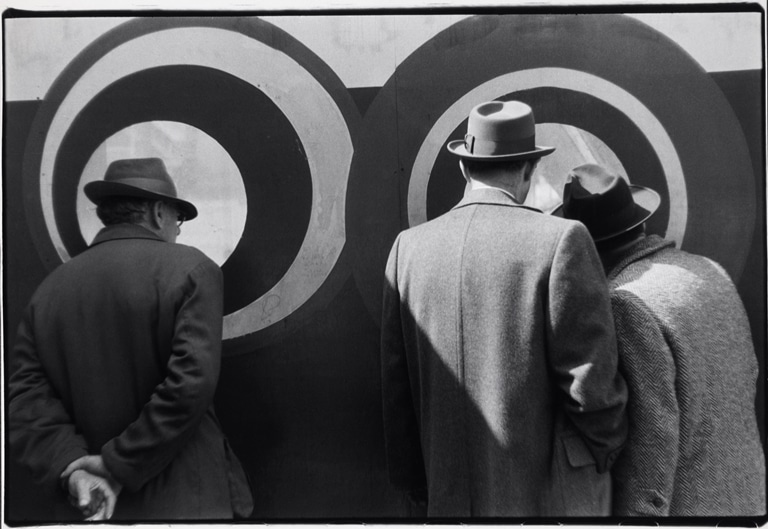
Louis Stettner
Concentric Circles, Construction Site, New York, 1952
Colecciones Fundación MAPFRE
© Louis Stettner Estate
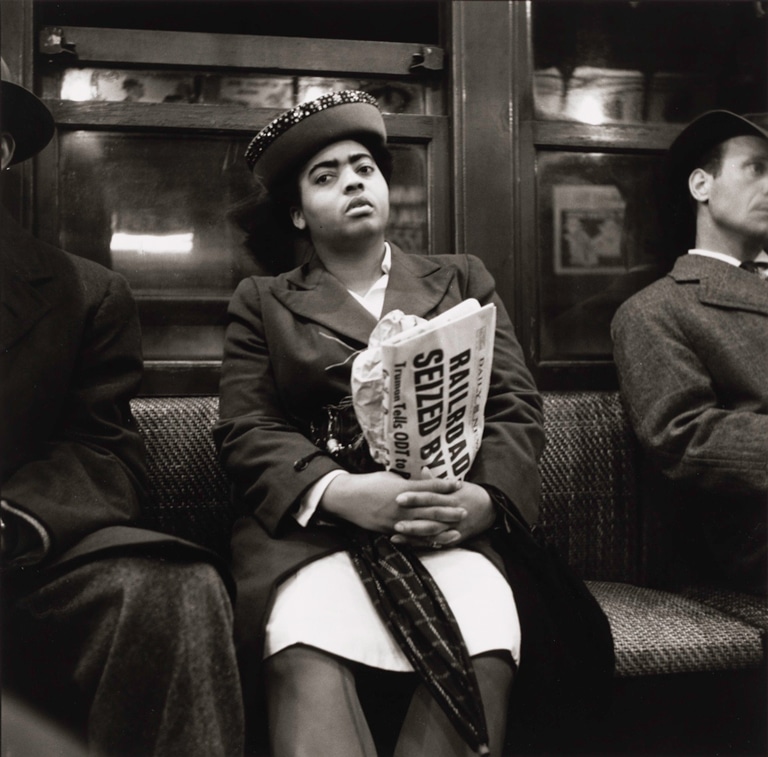
Louis Stettner
Woman Holding Newspaper, New York, 1946
Colecciones Fundación MAPFRE
© Louis Stettner Estate
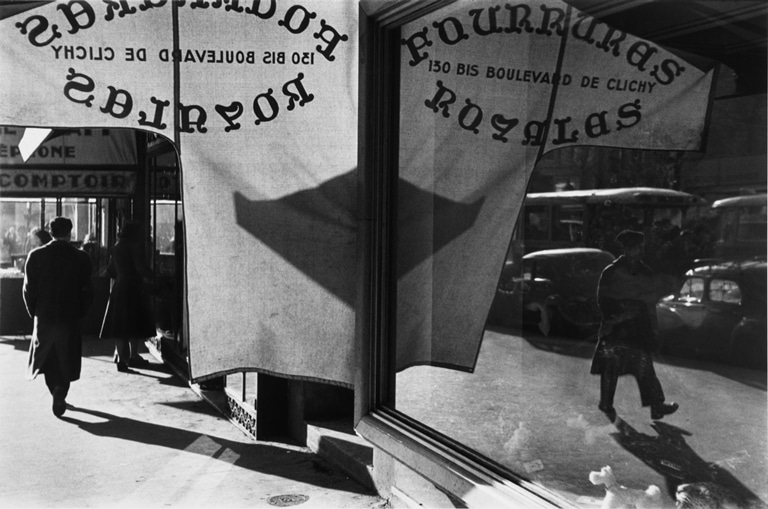
Louis Stettner
Boulevard de Clichy, Paris, 1951
Colecciones Fundación MAPFRE
© Louis Stettner Estate
Louis Stettner
